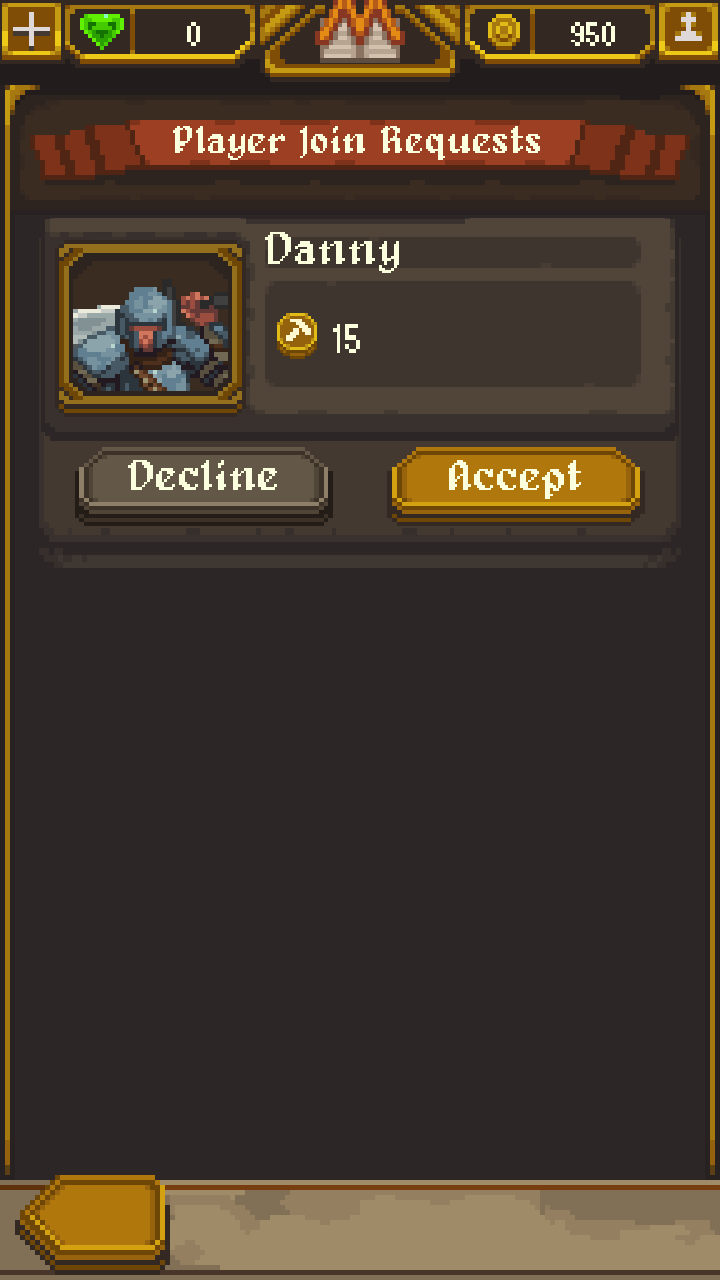The first time the player begins a step a message appears to give an explanation and then it suggests a tap area. After a few seconds, if the player has not made an input a spotlight appears to direct them.

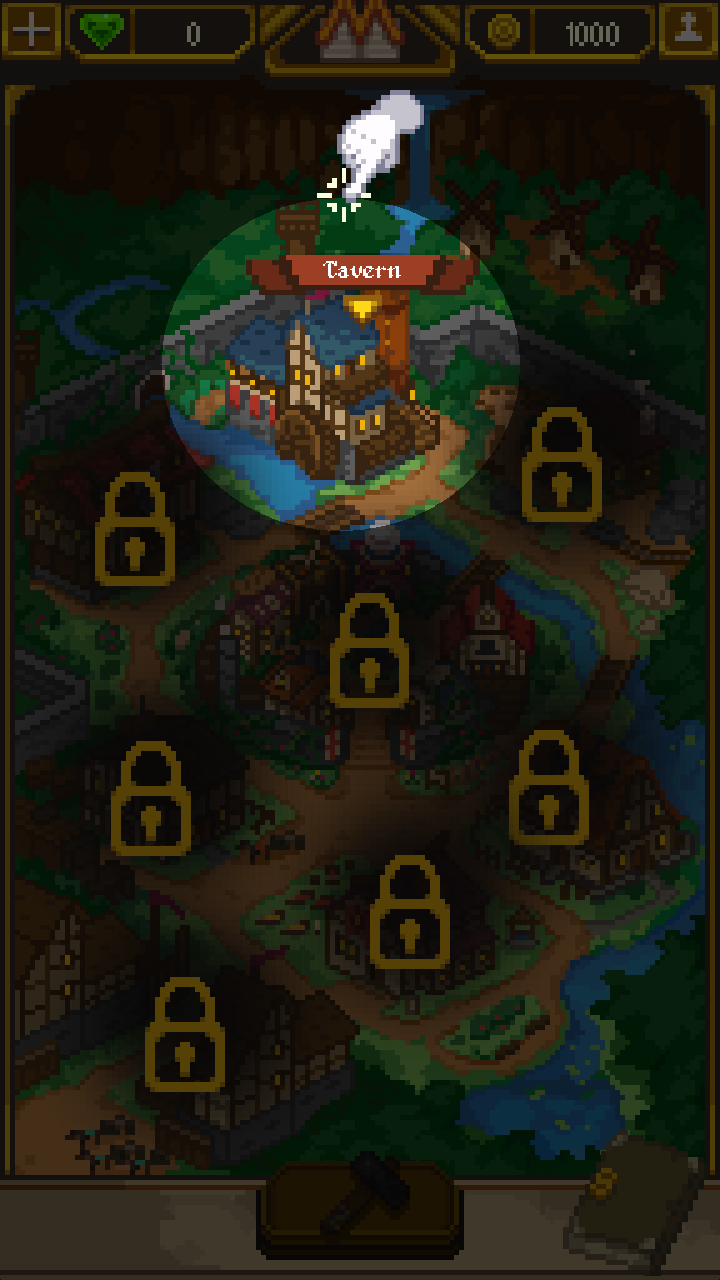
Lead Unity Developer. Designer.
Merchant Guilds is a multiplayer, GaaS, crafting, idle, rpg game. It was recently released into open beta with over 15k downloads! The player hires heroes and workers to go on quests to collect materials. The materials gathered are used to craft items to improve heroes or to sell. Players can use the money earned to upgrade their town. Being a part of a guild can be valuable for players so they can upgrade the town together and trade resources.
I began my journey with Merchant Guilds as a design intern in December of 2020, at a time when the project was just getting started. The team had also just made the decision to transition to Unity. After a few months, I was hired to continue my role as a designer and take on additional responsibilities as a Unity developer. Since then I have become the lead Unity developer, spearheading the implementation of most of the client-side logic within the game. While my contributions to the project have been extensive, I'll highlight a few achievements that I am most proud of.
I designed and developed our tutorial system for Merchant Guilds. Our original tutorial was leaving players confused while also being very constrictive, only allowing players to tap one button on the screen and quickly glossing over mechanics. I was tasked with redesigning the tutorial.
The first time the player begins a step a message appears to give an explanation and then it suggests a tap area. After a few seconds, if the player has not made an input a spotlight appears to direct them.


I adjusted it so that players are asked to do tasks multiple times before moving on to the next mechanic while also giving the player more autonomy. Mechanics are locked until the player completes the steps for the one being taught. This was done so the player would not be overwhelmed with too much at once. Also, at any time the player can go to the current tutorial objective and tap “Go” for help. It will redirect them to the proper location if they strayed too far and repeat the instructions.
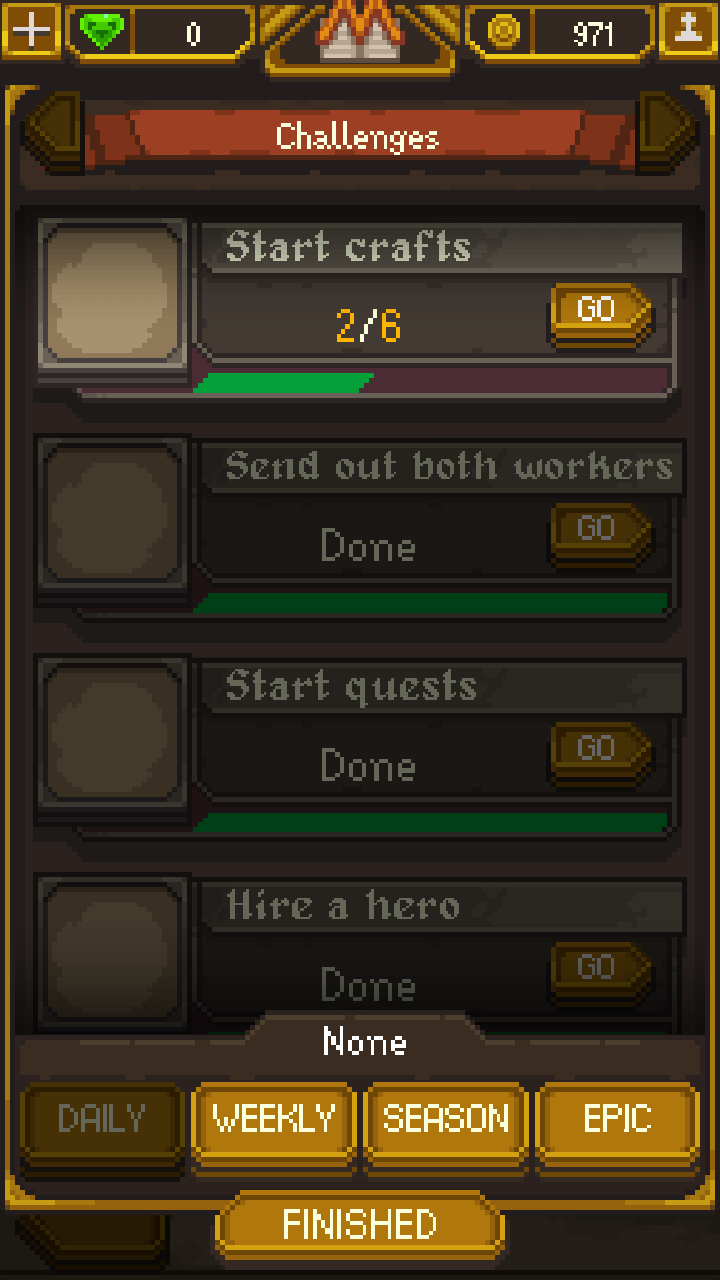

After the tutorial, there continues to be “Popup Tutorials” that are shown to introduce new mechanics. There are a few short descriptive messages of the mechanic and then a spotlight appears on the UI element that is tied to the mechanic. Here is a video demonstration:
I designed and developed our gameplay settings for Merchant Guilds. My goal was to provide a wide range of options for any type of user. I separated the settings into “Notification Settings” and “Gameplay Settings.” Most of the gameplay settings were my original ideas, although overtime I would use and implement them if I deemed they would be helpful for a sizable portion of the playerbase.
One part of the setting I am particularly proud of is the “Warning Messages.” Most of them are on by default, but the first time the player encounters the warning message they have the option to not see it again. At any point they can go into the settings to turn the warning back on if needed.

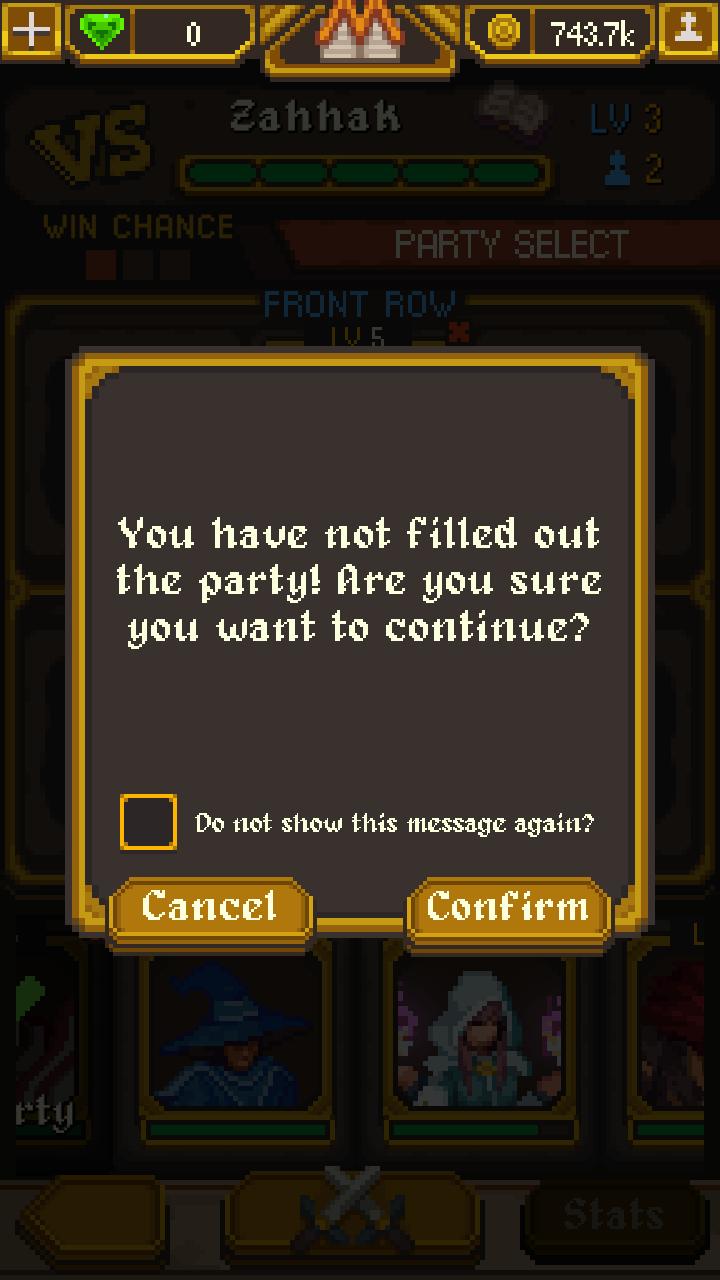
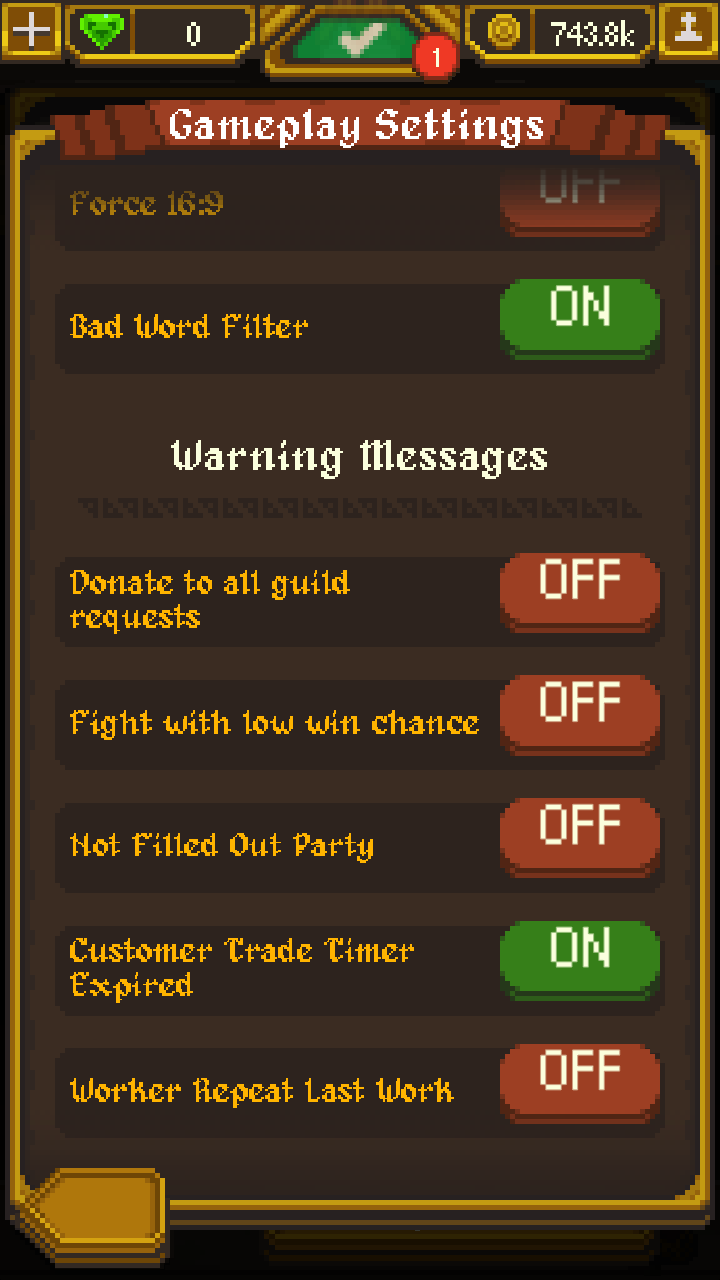
I also implemented numerous notification settings so that the player can fine tune when they want a notification from the game. It is broken up into categories based on the different game systems.

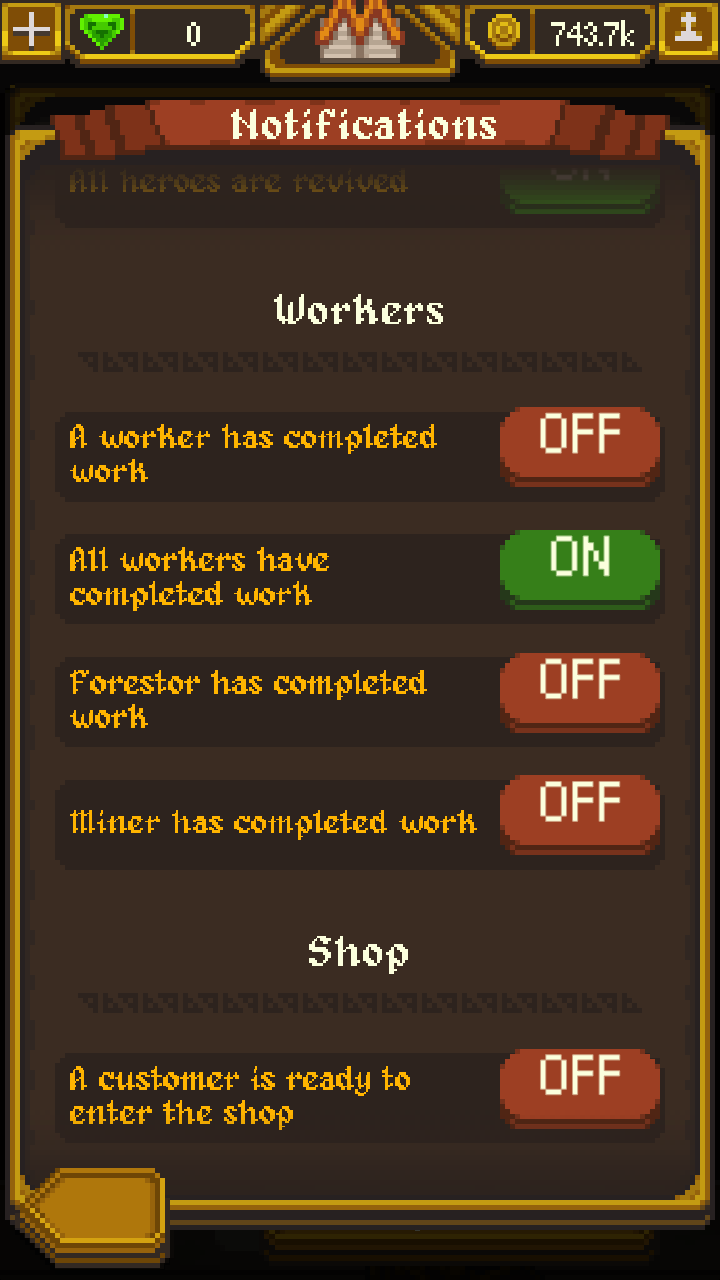
I designed and developed our in-game compendium for Merchant Guilds. I was tasked with designing an in-game guide that was versatile enough to be expanded upon as the game developed. I worked closely with our artist to create a flexible system.
I started by having some of the major systems on the first page with plenty of room for more later, which can be a scroll if needed. Each screen moving forward can be scrollable.

Moving into the building's section the player can select any building they have unlocked to view more info about it. The screens moving forward that have arrows at the top allow players to tab through different options that were available on the previous screen. In this case it would switch between the three different systems: Buildings, Combat, Enemies.

After the player selects a building, they can then select a specific feature of the building that they have unlocked, and get an in-depth explanation of how it works. The in-depth explanations are all together for the player's convenience if they want to read everything.

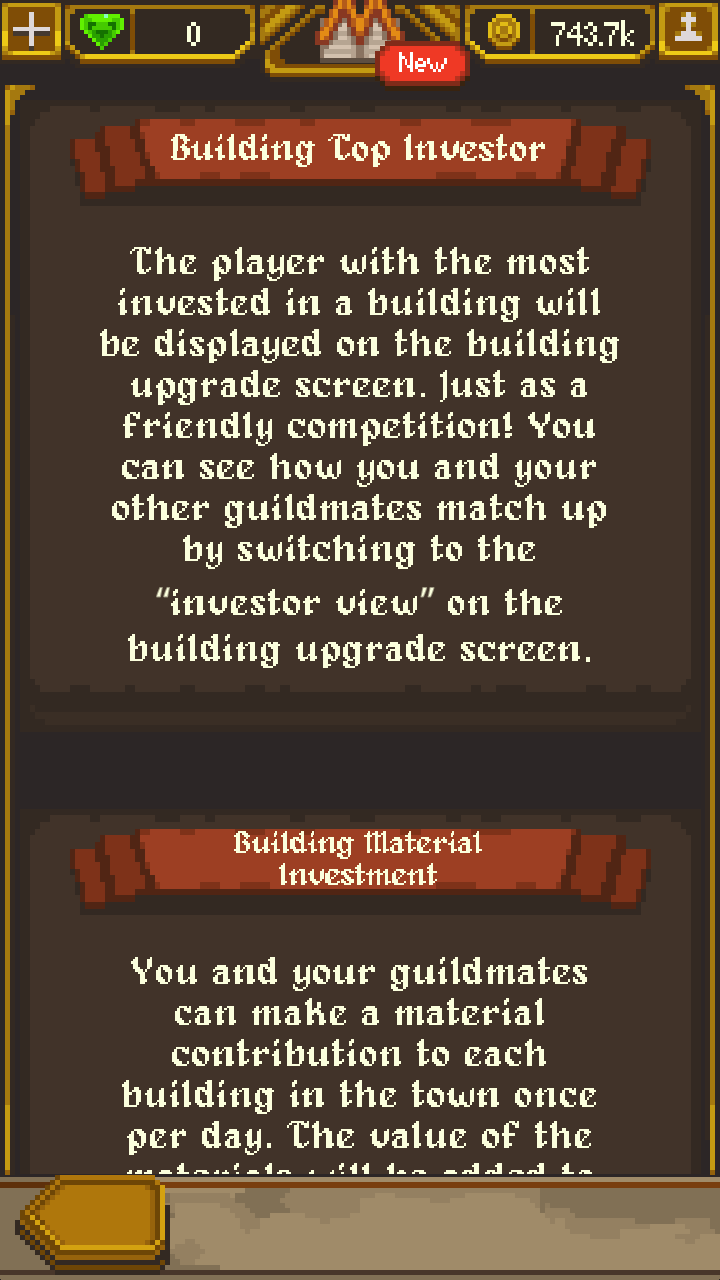
There are also a lot of “hotlinks” I implemented throughout the game that will take the player to a specific explanation of a feature when tapped:
I developed the Shop system for Merchant Guilds. I also assisted in the design of this system with the rest of the team. The goal was to have customers wander around, look at items, and go to the checkout when they are ready.
This is the Shop main floor. Customers will enter and leave through the door on the right. They can move into a different room by moving to the exit on the left. Four customers can line up at once. Extra customers are put into an invisible queue off to the left and will move into the line when a spot becomes available.

There are different floors of the shop that contain sell tables. The first two floors have sell tables for only equipment. Eventually the player unlocks a sell floor that will allow them to sell special equipment at a markup and materials in-bulk. Customers can also emote while viewing equipment to give an indication how they feel about it.

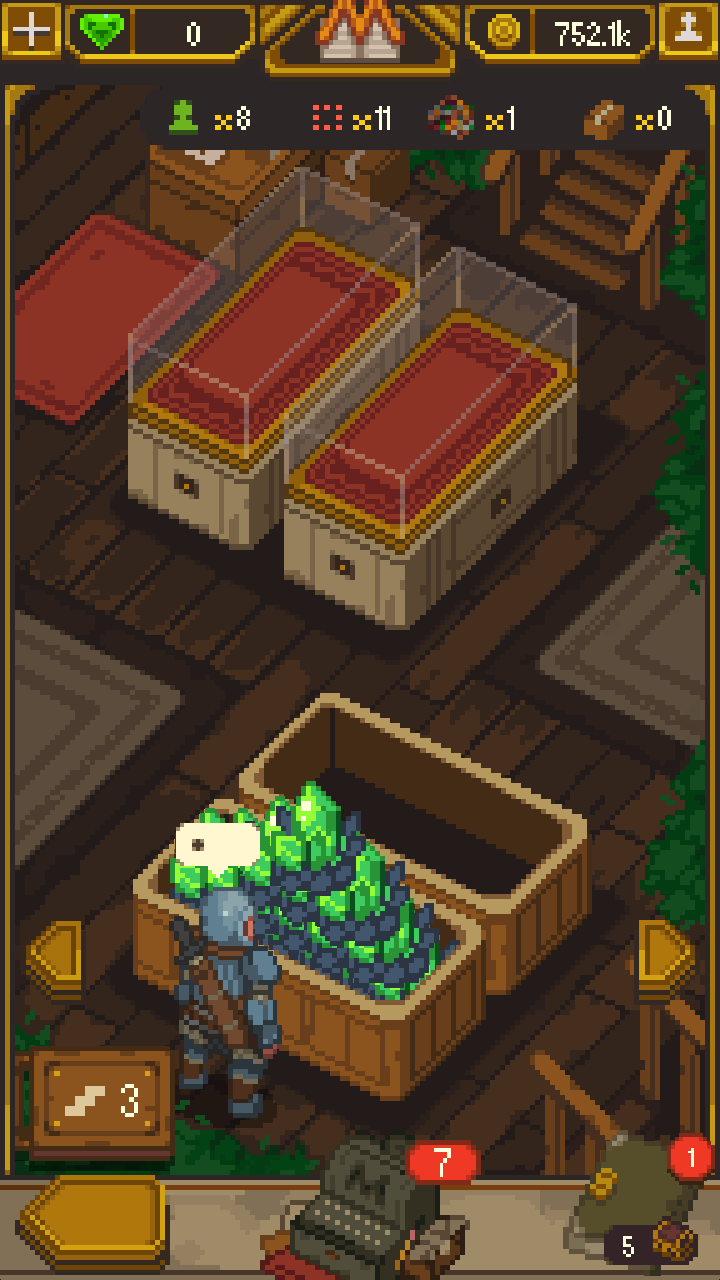
I developed the Guild Chat system for Merchant Guilds. I also assisted in the design of this system with the rest of the team. We split the guild chat into three different sections: chat, item requests, and player requests to join. Initially this was all contained in the chat screen however after player feedback we separated the chat into different screens for their convenience.
The chat messages screen contains player and system messages. Player messages are contained into timeblocks. If the player is viewing older messages the scroll will not move. If they are viewing the most recent message and a new one comes in, it will move the scroll to the bottom. When the player returns after a break we display the amount of old messages they have missed. Players can also tap on a message to report it. Additionally, they can choose to block another player which will remove all of the blocked player's messages for only the blockee.

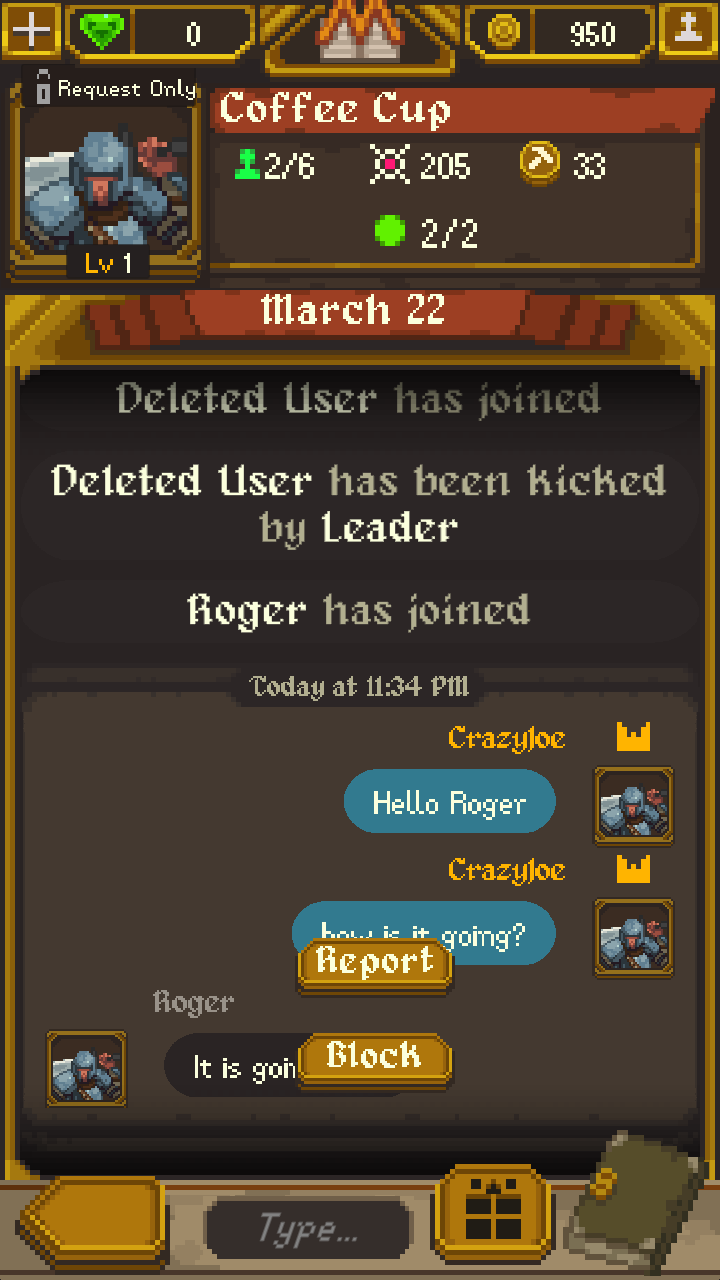
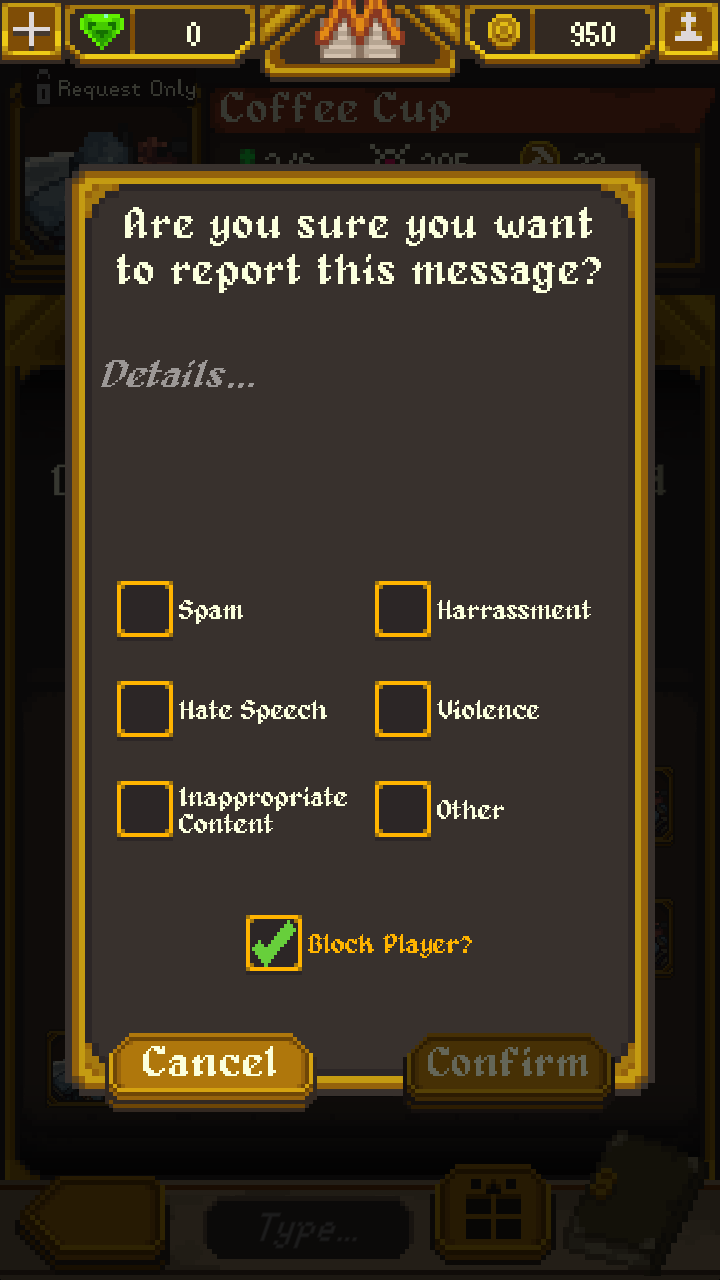
Players are able to request resources from each other. The rarity of the item determines the amount they can request from their guildmates. Players can only request items they have “discovered” which means they obtained the item at least once.
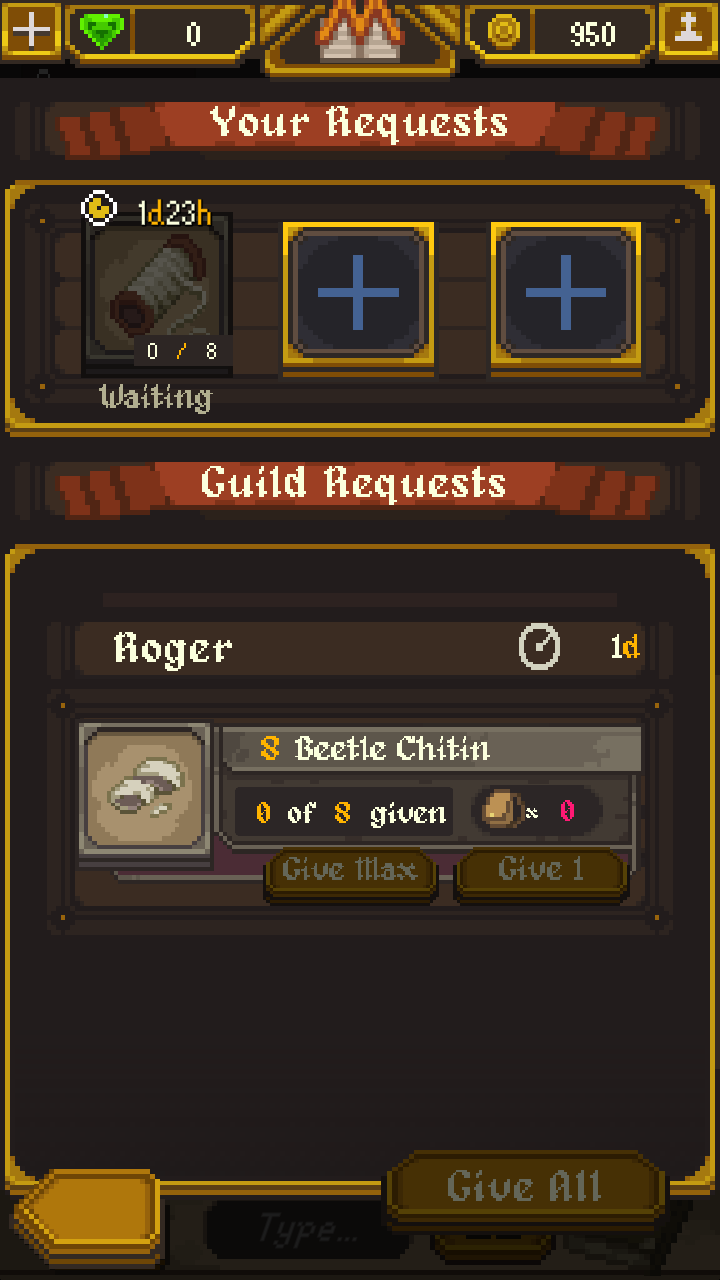
Guild leaders can choose to set the guild privacy to “request only” so that players cannot freely join just by meeting the requirements. Guild leaders can review join requests and choose to accept or decline the player. We display the candidate's building tokens which is a good metric of their progression in the game. The player's full profile can be seen by tapping on the join request.
